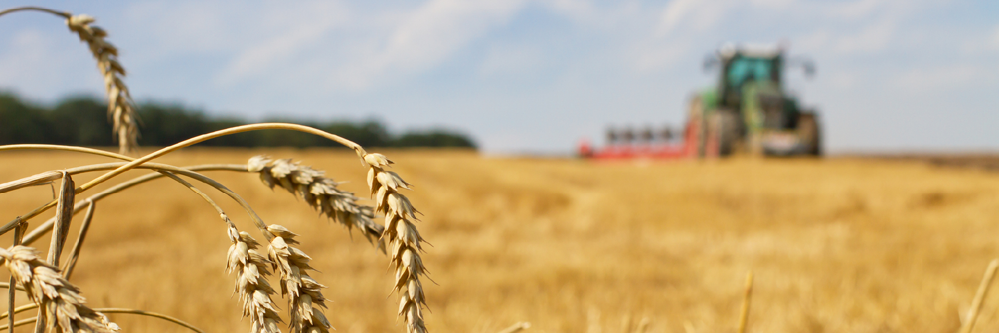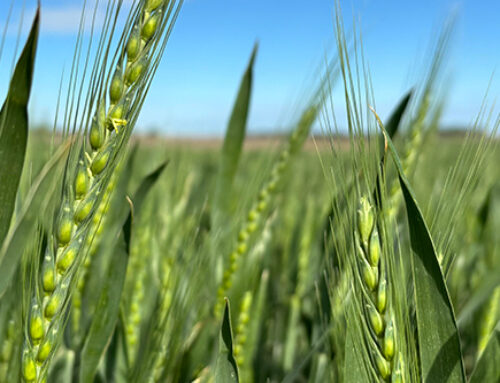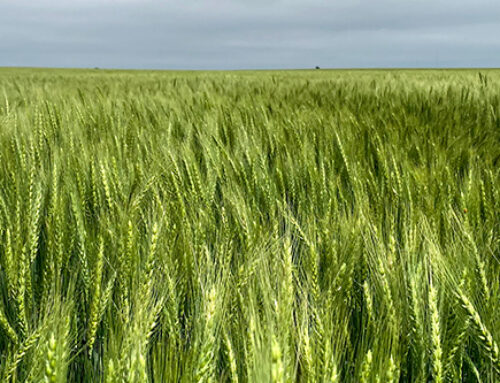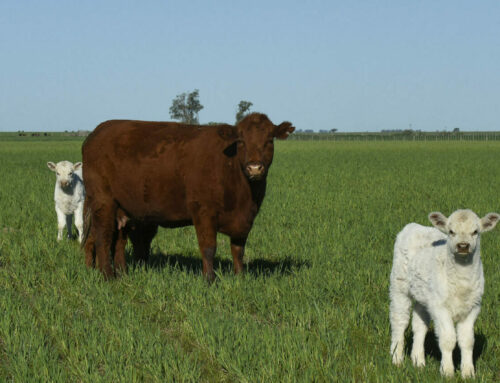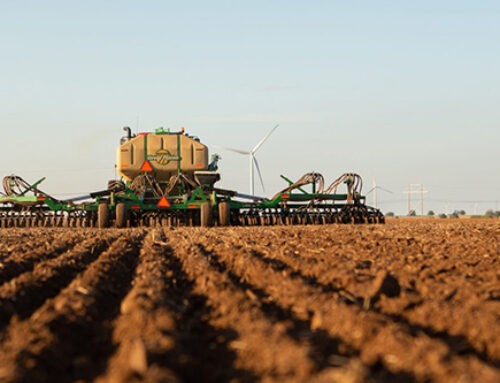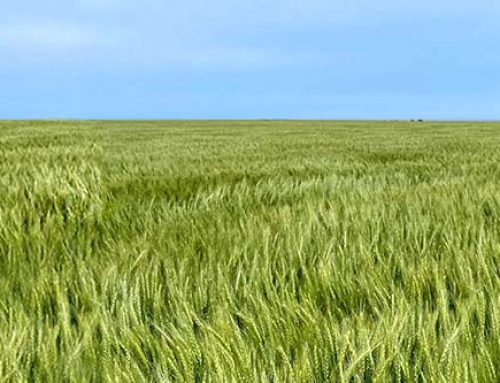To say the least, wheat is a resilient crop. As usual, our 2024 winter wheat crop had numerous challenges across Kansas, Oklahoma and Texas.
For the most part, planting conditions were good, with adequate soil moisture to get the crop established. In many areas, we had excess fall growth, which reduced reserve soil moisture significantly. In many areas, late fall through mid-spring were very dry, and a lot of early optimism about this crop’s potential went away.
But we were blessed with an unusually cool weather pattern during grain fill, which allowed this crop to pollinate well and set seeds. The crop survived on reserve soil moisture for as long as it could. Rains came a little late in some areas, but still came in time to help during late grain fill and preserve yield.
Because of the dry conditions, diseases were less of a problem in early to mid-spring. Stripe Rust showed up early in Texas and Oklahoma, and finally moved north into Kansas a little later than normal. Much of the crop still needed to be treated for rust once the humidity increased and the rains started.
Outside of the usual hail damage and pockets of severe drought areas, many producers reaped average to above average yields. Wheat always has a wide range of yields across the area. There were fields that only yielded in the 15 to 20 bushel range, but many were surprised with 60 to 80 bushel dryland yields. This was a year that showed how important moderate temperatures are during grain fill. Even though we were short of rainfall during this critical period, the mild temperatures still allowed the plant to do what it is bred to do, and that is to produce seed.
Never give up on a wheat crop.
Wheat experiences various challenges each year, and our tendency is to ‘give up’ on this crop. But year in and year out, this crop will surprise us. Yes, crops can fail, but once again this year proved that we should “Never Give up on a Wheat Crop”!
We are here to help!
Contact your Crop Quest Agronomist for help with this, and all your winter wheat crop management decisions.
Learn more about Understanding Grain Fill Weather – Optimizing Wheat Yield.
